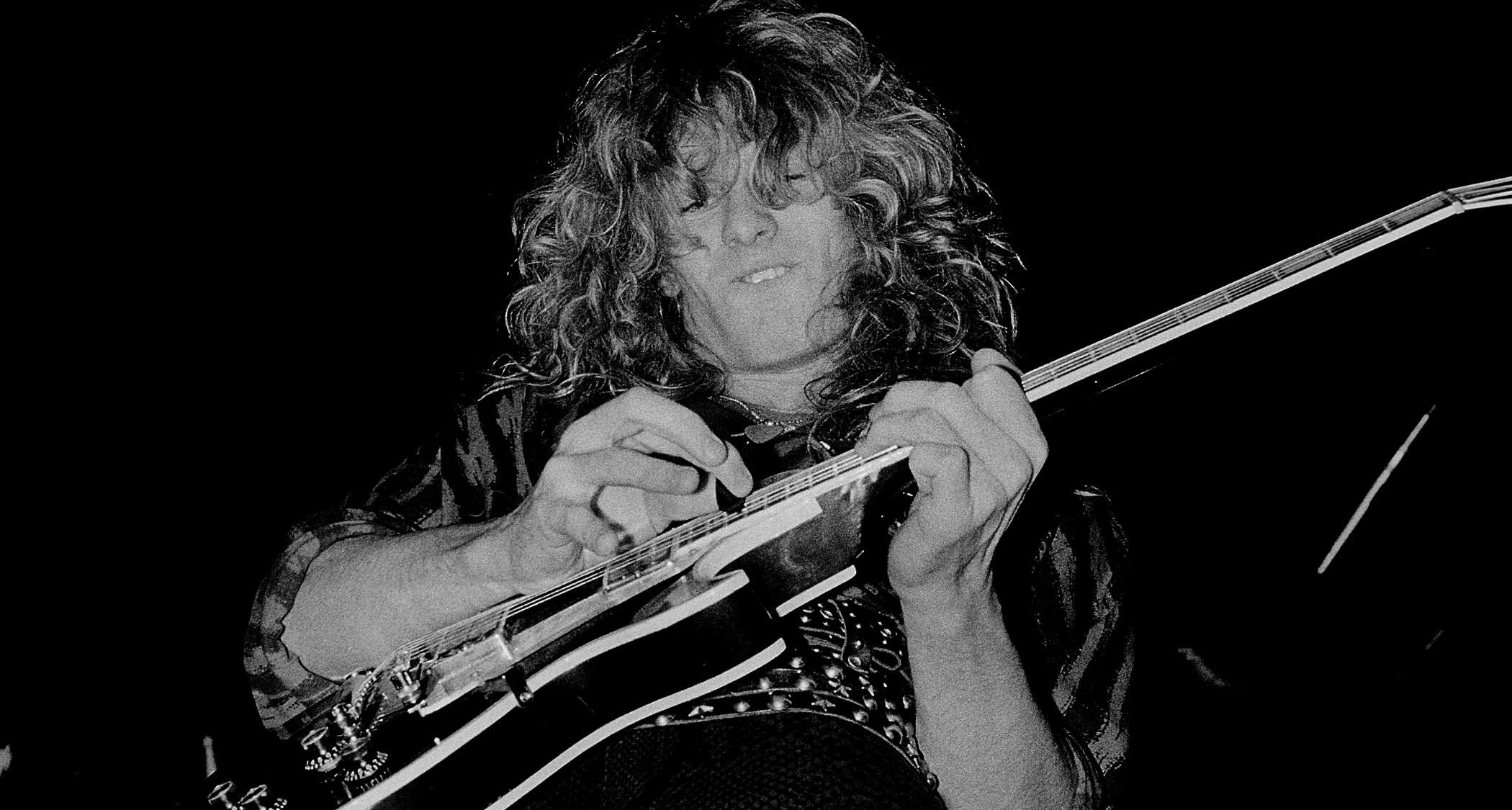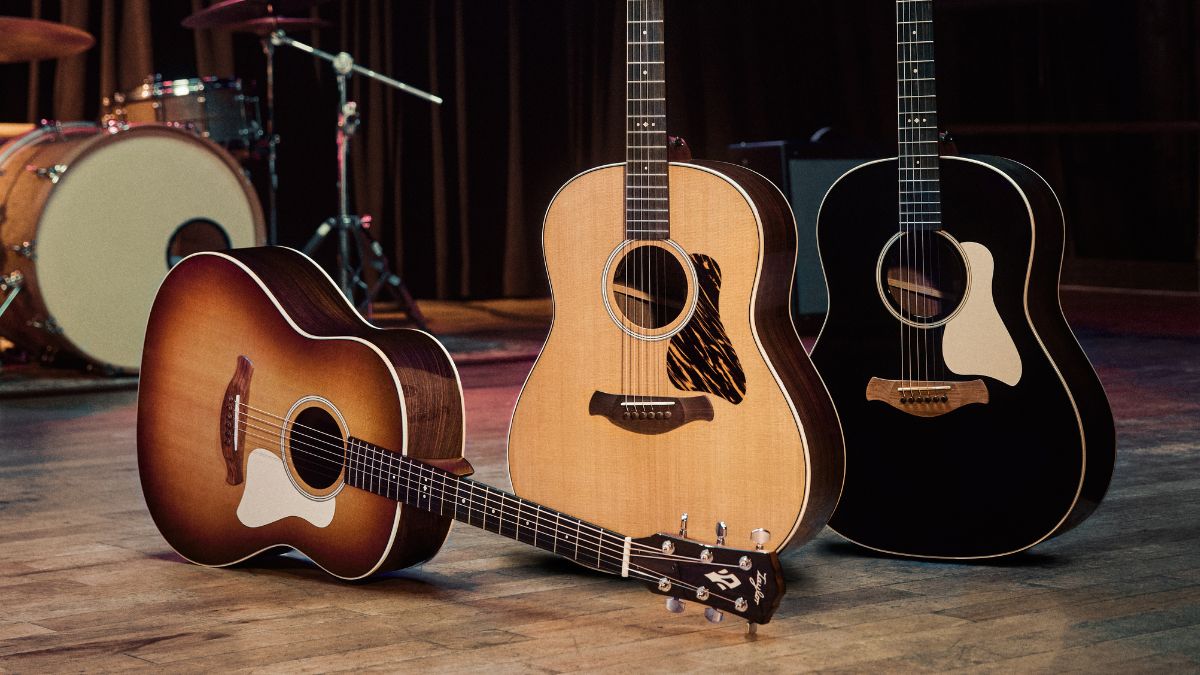“He didn’t sound like any other previous Whitesnake guitarist. His thumbprint is an indelible part of that record”: Remembering John Sykes, the journeyman virtuoso who made his mark on both Thin Lizzy and Whitesnake
Cruel timing and clashes with David Coverdale kept Sykes from rock’s super-league but he was a top-tier player with a sound all his own

John Sykes belonged to that exclusive club of musicians – a golden circle whose members also include David Crosby, Ronnie Wood and Dave Grohl – notable for their vital roles in not one but two major bands.
Unlike those galacticos, there’s a case that the former Whitesnake and Thin Lizzy guitarist, who died in December aged 65 after battling cancer, never became as famous as his talent deserved (‘underrated’ being the key word in the tributes paid).
Yet those who found Sykes followed him until the end. “In John’s final days,” ran the statement on his website, “he spoke of his sincere love and gratitude for his fans who stuck by him through all these years.”
John James Sykes was born 29 July 1959 in Reading, and discovered his gift for guitar through studying the blues licks of Eric Clapton. Yet it was the New Wave Of British Heavy Metal that gave him his start in the early ’80s, and while early band Tygers of Pan Tang were relative minnows, Sykes’ lead work was among the gutsiest on the scene.
“The Spellbound album [1981] was a game-changer for me,” former Megadeth guitarist Marty Friedman told Blabbermouth of Sykes’ scalded alternate picking and wide vibrato, played on a 70s Gibson Les Paul Custom. “He was the first guy who was just playing mind-boggling guitar in that context.”
Post-Tygers, Sykes failed an audition for Ozzy Osbourne’s solo band (other star vehicles missed over the years included Def Leppard and Guns N’ Roses). But when Thin Lizzy drafted him in 1982, the new boy quickly made his mark, steering the following year’s Thunder and Lightning towards a heavy metal sound that divides fans to this day.
In any case, by then, Lizzy was running out of road. “I feel sorry for John,” Scott Gorham told Classic Rock. “We knew that was going to be our last album. I don’t think we informed John because we couldn’t believe it ourselves, but it was definitely going down. John got short-changed on the whole thing.”
All the latest guitar news, interviews, lessons, reviews, deals and more, direct to your inbox!
Fortunately, by 1984, he’d signed with another notable British band – this one headed in the right direction.
“I wanted Whitesnake to be leaner, meaner and more electrifying,” frontman David Coverdale told Metal Hammer. “The reason I invited John Sykes into the band was to actually afford that transition, or someone of that style, and it happened to be Sykes. And that was it.”
He’s a soulful player with chops balancing technique and emotion
Myles Kennedy
Sykes tracked guitar for that year’s six-million-selling Slide It In, then burnished his songwriting credentials on Whitesnake’s self-titled album of 1987, co-writing nine songs including mega-hits Is This Love and Still Of The Night.
But there was always friction with Coverdale, and the guitarist was out of the line-up before the album had even started its march towards eight million sales – leaving a string of high-profile players including Vivian Campbell and Steve Vai to fill his shoes.
“He didn’t sound like any other previous Whitesnake guitarist,” the latter told Guitar World. “His thumbprint is an indelible part of that record.”
As for Sykes, he went on to form Blue Murder – envisaging a “very heavy” power-trio alongside bassist Tony Franklin and drummer Carmine Appice – but the tide had turned and grunge was in the ascendancy.
“It’s amazing sonically,” Myles Kennedy told Classic Rock of Blue Murder’s self-titled debut. “But more than that, it was about John Sykes’ guitar. He’s a soulful player with chops balancing technique and emotion.
“Why didn’t they become superstars? Timing: a sea-change happened with Appetite For Destruction, a precursor to the 90s – raw, in your face. The era of slick ’80s rock was almost over when Blue Murder’s album came out. They made a second a few years later, but it didn’t stand a chance.”
From the mid-’90s into the post-millennium, the ever-prolific Sykes released four solo albums, while (somewhat divisively) fronting a reformed Lizzy line-up in place of the late Phil Lynott. Commercially, he never again hit the heights of 1987’s Whitesnake, and claimed to have “no interest in ever talking to [Coverdale] again”.
But when news of his death broke, alongside tributes from Slash and Glenn Hughes, his former frontman posted a heartfelt farewell: “Just heard the shocking news of John’s passing – my sincere condolences to his family, friends and fans.”
- This article first appeared in Guitarist. Subscribe and save.
Henry Yates is a freelance journalist who has written about music for titles including The Guardian, Telegraph, NME, Classic Rock, Guitarist, Total Guitar and Metal Hammer. He is the author of Walter Trout's official biography, Rescued From Reality, a talking head on Times Radio and an interviewer who has spoken to Brian May, Jimmy Page, Ozzy Osbourne, Ronnie Wood, Dave Grohl and many more. As a guitarist with three decades' experience, he mostly plays a Fender Telecaster and Gibson Les Paul.
You must confirm your public display name before commenting
Please logout and then login again, you will then be prompted to enter your display name.

![THIN LIZZY - Sight and Sound In Concert [1983] [4K/60fps upscale] - YouTube](https://img.youtube.com/vi/vAuJOBkscUM/maxresdefault.jpg)



